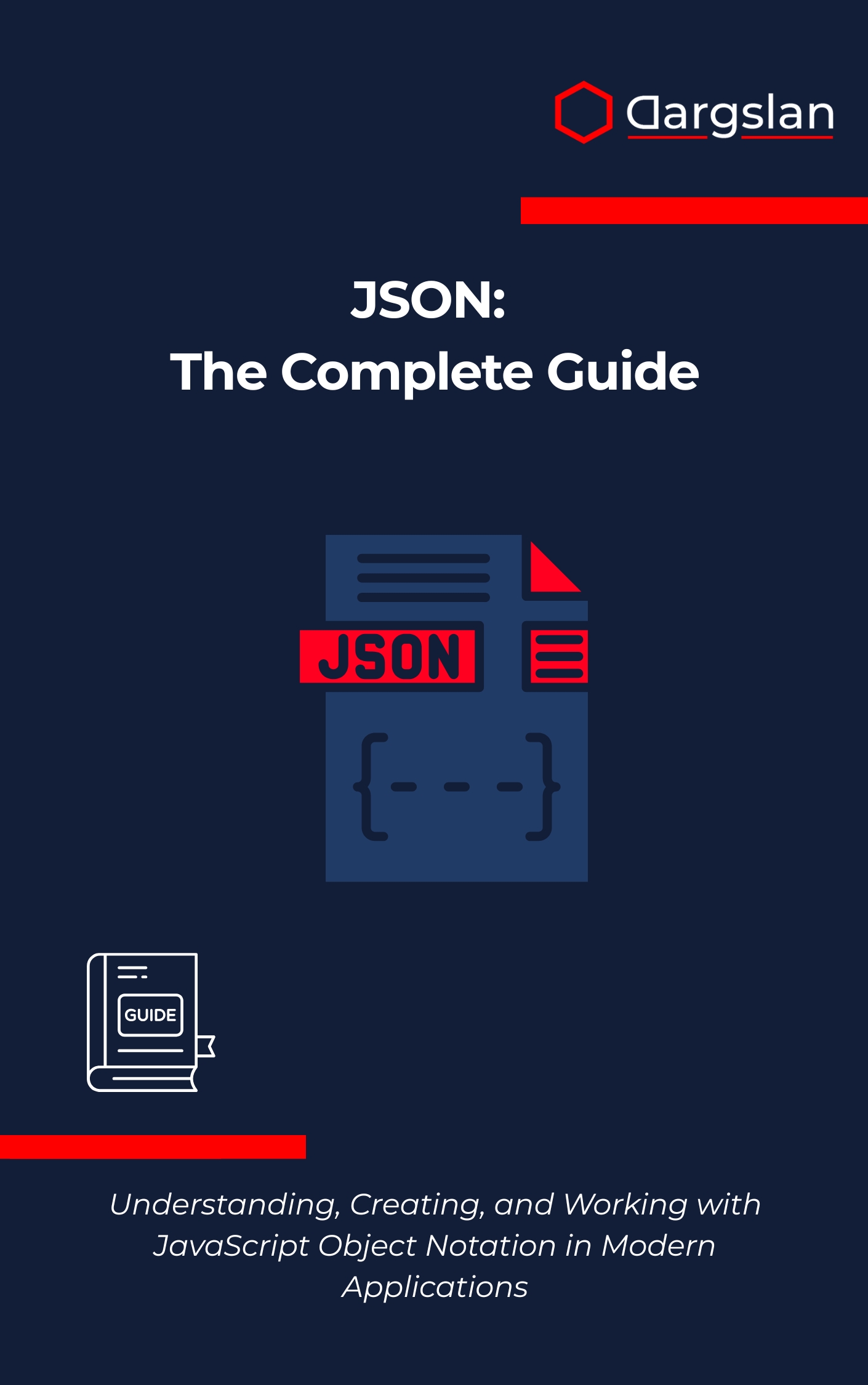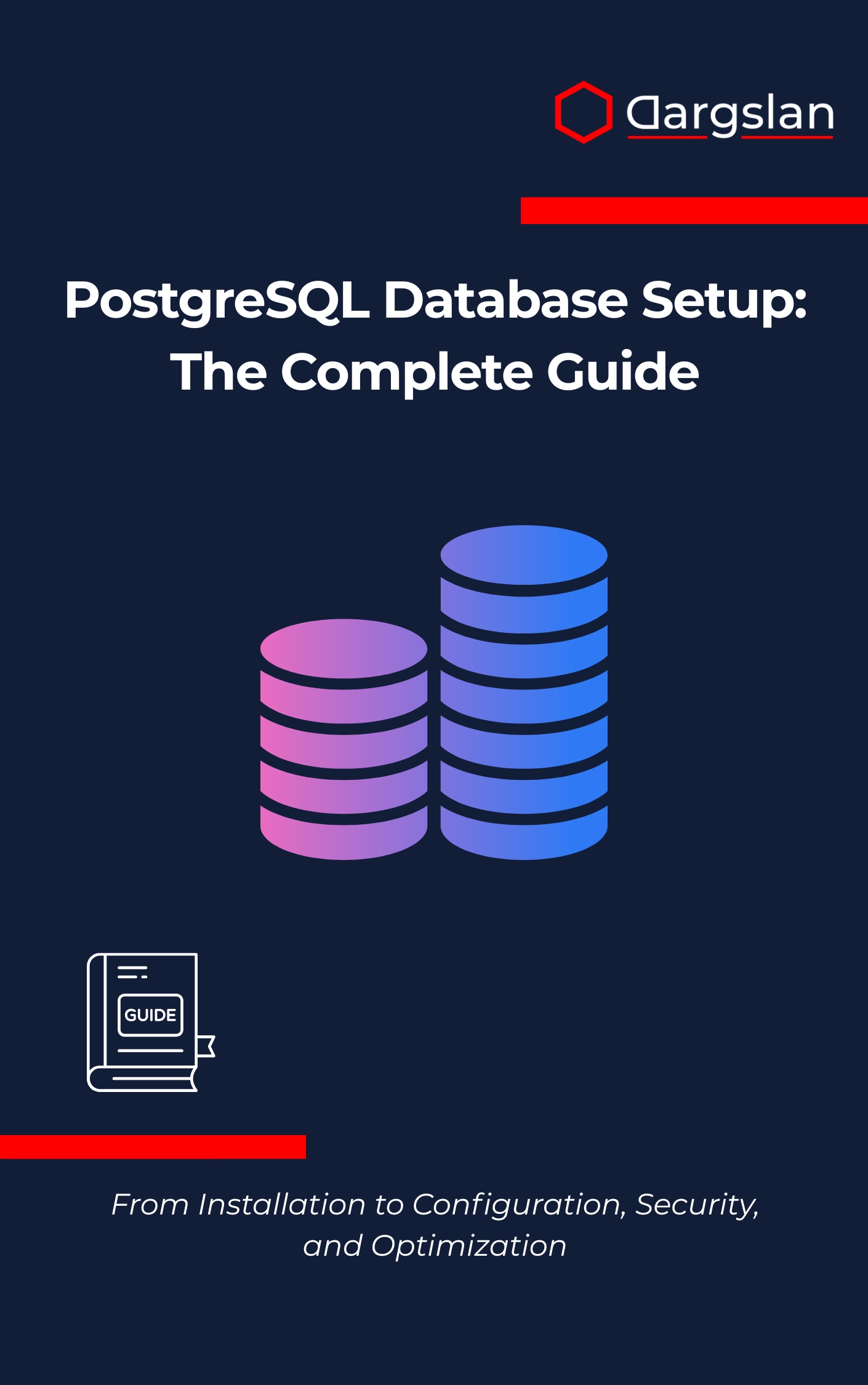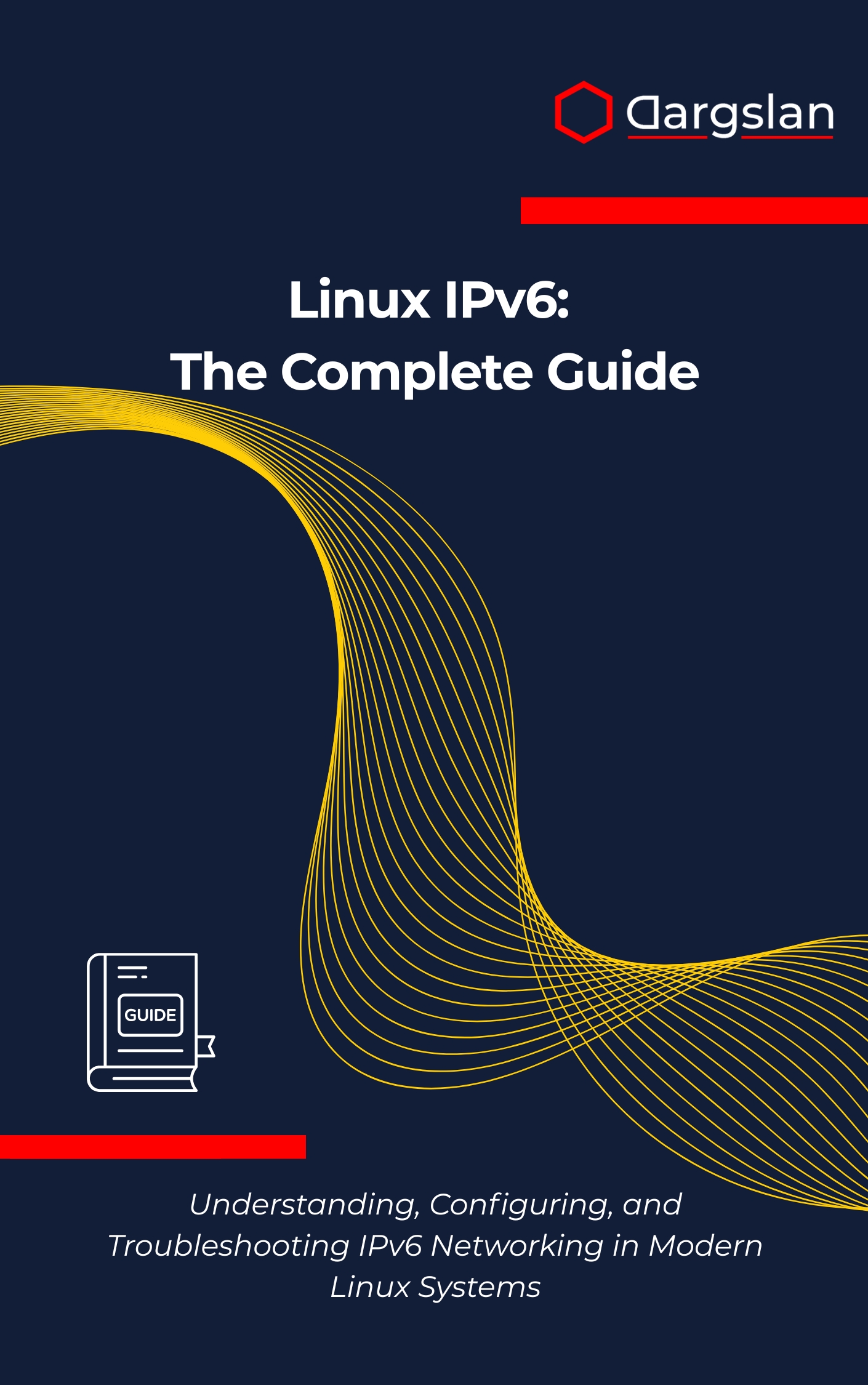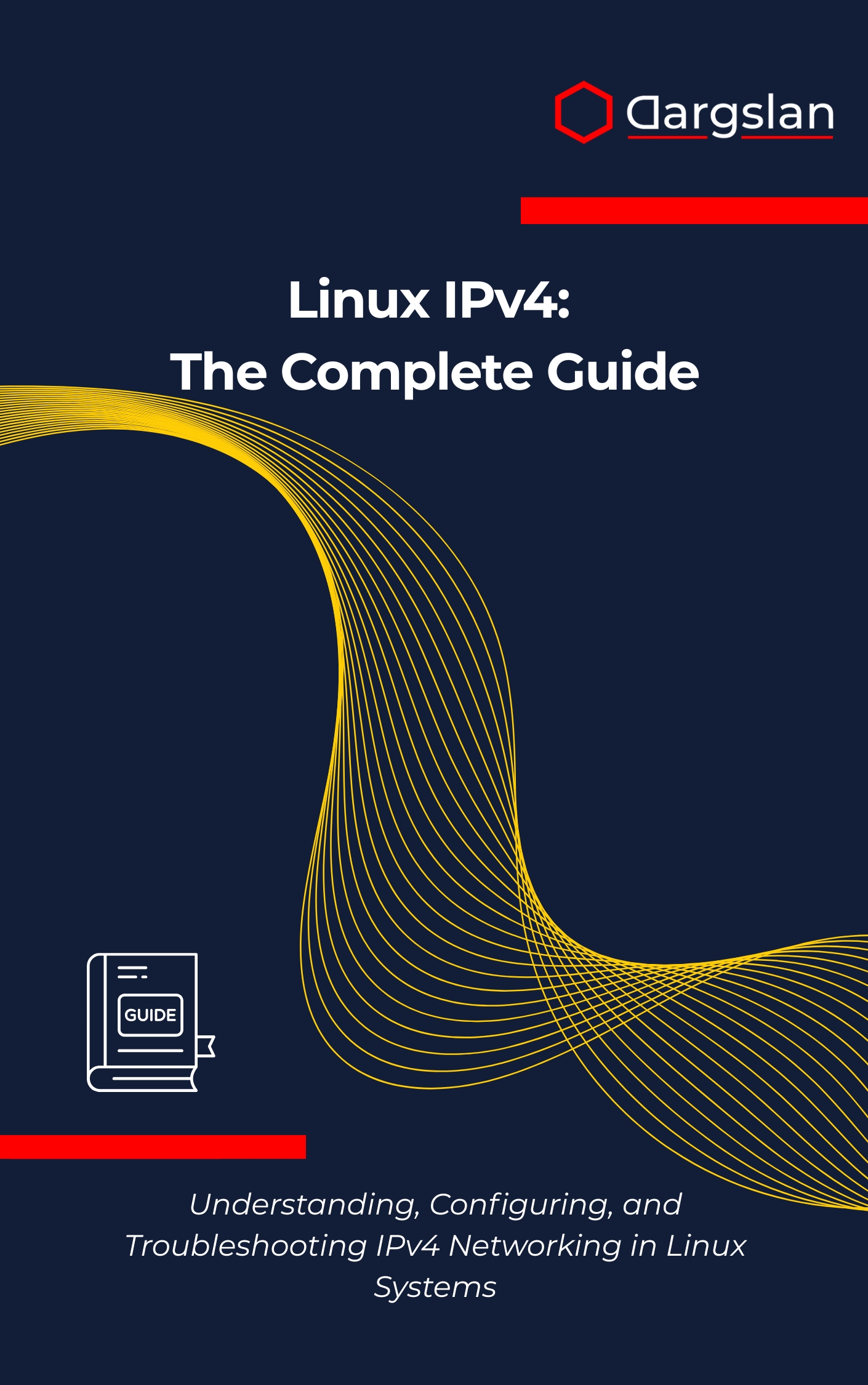Linux Performance Tuning for Administrators
Linux Virtualization with KVM and QEMU,Run virtual machines on Linux using KVM and QEMU like a pro.

When uptime, throughput, and latency matter, Linux administrators need more than quick fixes—they need a repeatable performance strategy. This book gives you a proven, tool-driven approach to conquer bottlenecks, harden reliability, and deliver measurable gains across your Linux estate.
Whether you manage high-traffic web applications, mission-critical databases, or cloud-native platforms, you’ll learn how to turn raw metrics into impactful optimizations and prevent issues before they escalate.
Optimize, Monitor, and Troubleshoot Linux Systems for Peak Efficiency
Overview
Linux Performance Tuning for Administrators is a practical, production-tested IT book that shows you exactly how to Optimize, Monitor, and Troubleshoot Linux Systems for Peak Efficiency. Framed as a hands-on programming guide and technical book for busy administrators, it walks you through Linux performance analysis with a focus on clear diagnostics, targeted fixes, and sustainable performance management.
Inside, you’ll work through the core subsystems that shape real-world outcomes: CPU optimization and scheduling, memory management and tuning, disk I/O performance optimization, and network performance tuning. You’ll learn kernel parameter tuning with sysctl, process and service optimization techniques, and the smart use of performance monitoring tools to build system benchmarking and baselining practices that stick.
Chapters tie together troubleshooting methodologies, application-level optimization, automation and configuration management, capacity planning, and performance alerting systems so you can operate at scale with confidence. From htop, iotop, sar, and perf to practical sysctl profiles and configuration examples, every technique is grounded in scenarios you’ll encounter on bare metal, VMs, and containerized workloads.
Who This Book Is For
- Linux system administrators who keep production running and need a reliable framework to diagnose bottlenecks, tune subsystems, and verify results with clear metrics.
- DevOps and SRE professionals aiming to standardize performance baselines, automate remediation with configuration management, and align tuning with SLAs and SLOs.
- Developers and DBAs who want to understand the OS layer, reduce latency, and design applications that cooperate with the kernel for consistent, scalable performance.
Key Lessons and Takeaways
- Establish a repeatable analysis workflow—collect, baseline, compare—using native Linux tooling to move from guesswork to evidence-driven decisions.
- Tune CPU, memory, and I/O holistically by combining scheduler adjustments, sysctl parameters, NUMA-aware allocation, swap strategy, and storage queue depth to remove hidden bottlenecks.
- Operationalize monitoring and alerting with actionable thresholds, capacity forecasts, and service-level dashboards that tie changes to measurable improvements.
Why You’ll Love This Book
This guide prioritizes clarity and effectiveness. Each chapter translates complex kernel and subsystem behavior into plain language, then backs it up with step-by-step procedures, command examples, and validation checks.
You’ll find a hands-on approach throughout: real-world scenarios, before-and-after benchmarks, and practical guardrails to keep changes safe in production. The result is a field-ready reference you’ll use in emergencies and in strategic planning alike.
How to Get the Most Out of It
- Follow a smart progression: start with foundational Linux performance analysis, move through CPU and memory, then tackle disk I/O and networking before diving into kernel tuning and application-level optimization.
- Apply and validate in context: test sysctl changes, scheduler tweaks, and memory settings in staging; benchmark with stress-ng, fio, and iperf; compare results against your baselines and roll out via automation.
- Build muscle memory with mini-projects: create a performance runbook; set up dashboards for sar/collectd/Prometheus metrics; simulate an incident and resolve it using the book’s troubleshooting methodologies.
What You’ll Learn in Practice
You’ll master CPU optimization and scheduling by understanding run queues, CPU affinity, cgroups, and prioritization strategies that match workload profiles. That means fewer context switches where they hurt and better utilization where it counts.
Memory management and tuning topics cover page cache behavior, reclaim, swappiness, transparent huge pages, NUMA placement, and swap design. You’ll keep hot paths in RAM, prevent thrashing, and maintain predictable latency.
Disk I/O performance optimization focuses on filesystems, elevators, queue depths, read-ahead, and NVMe vs. SATA considerations. You’ll profile workloads with iostat, blktrace, and fio, then confirm gains with consistent baselining.
Network performance tuning brings it home with MTU decisions, offloading, buffer sizing, congestion control, and NIC interrupt moderation. You’ll work with ethtool, ss, and tc to cut tail latency and maximize throughput under pressure.
Kernel parameter tuning with sysctl is presented as a safe, repeatable practice with version-controlled profiles. You’ll capture before/after metrics, document intent, and automate deployment via Ansible, Chef, or your tool of choice.
Process and service optimization includes systemd unit refinements, resource limits, and startup sequencing to stabilize critical services. Application-level optimization bridges OS and app, ensuring you align GC settings, connection pools, and threading models with the host’s capabilities.
Performance monitoring tools and system benchmarking and baselining are woven into every chapter so you develop intuition and historical context. You’ll implement performance alerting systems with meaningful thresholds that catch drift early and cut false positives.
Finally, capacity planning and automation and configuration management help you scale with confidence. You’ll convert empirical data into forecasts, right-size instances, and codify best practices so every server inherits the same high bar.
Real-World Confidence, Not Theory
Every recommendation is grounded in production operations across web platforms, data services, and cloud infrastructures. You get the “what,” the “why,” and the “how to validate,” reducing risk and accelerating time to improvement.
The book’s appendices function as quick-reference field guides with commands, sysctl snippets, and configuration patterns you’ll reuse daily. Combined with the main chapters, they form a complete toolkit for sustained reliability and speed.
Get Your Copy
If you’re ready to replace firefighting with a proven performance playbook, this is your next essential reference. Turn metrics into momentum and ship faster, safer, and more efficiently across every Linux environment you manage.




